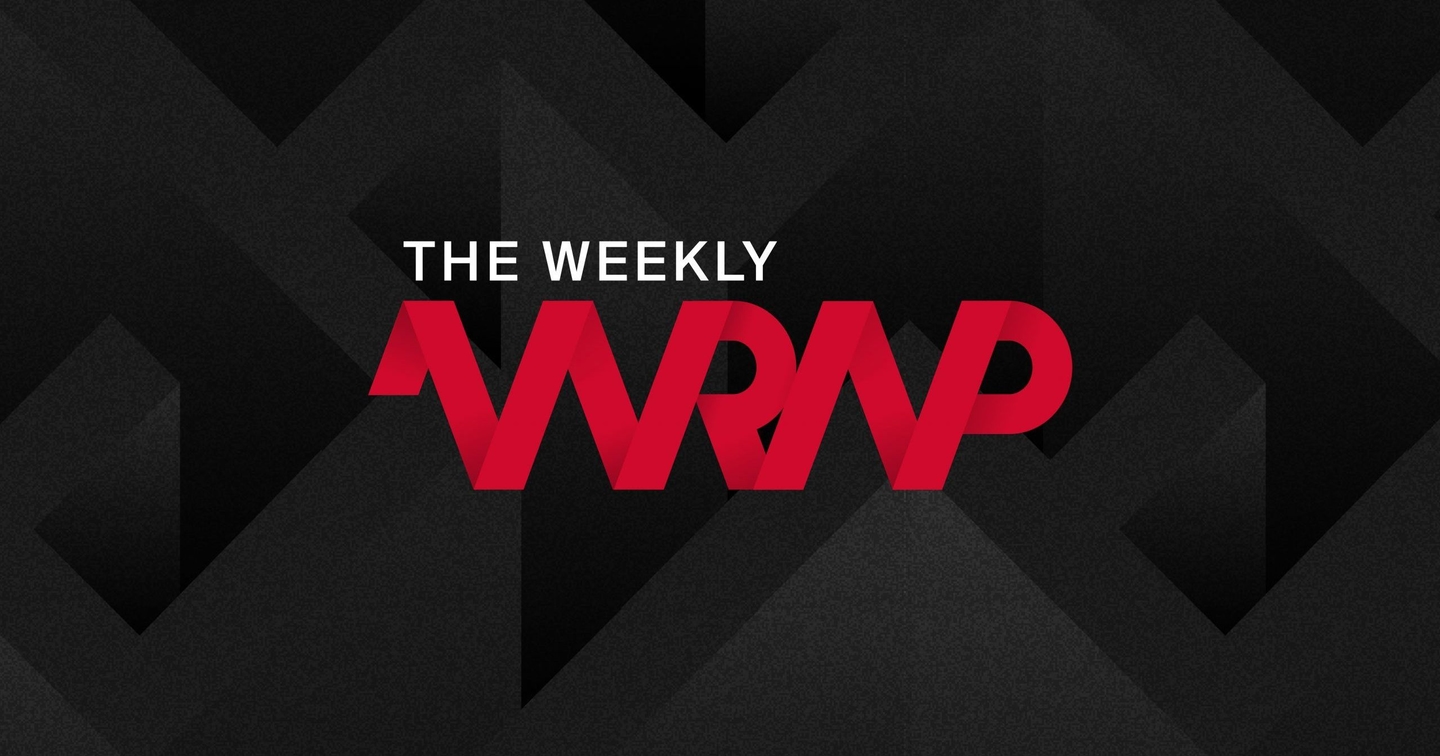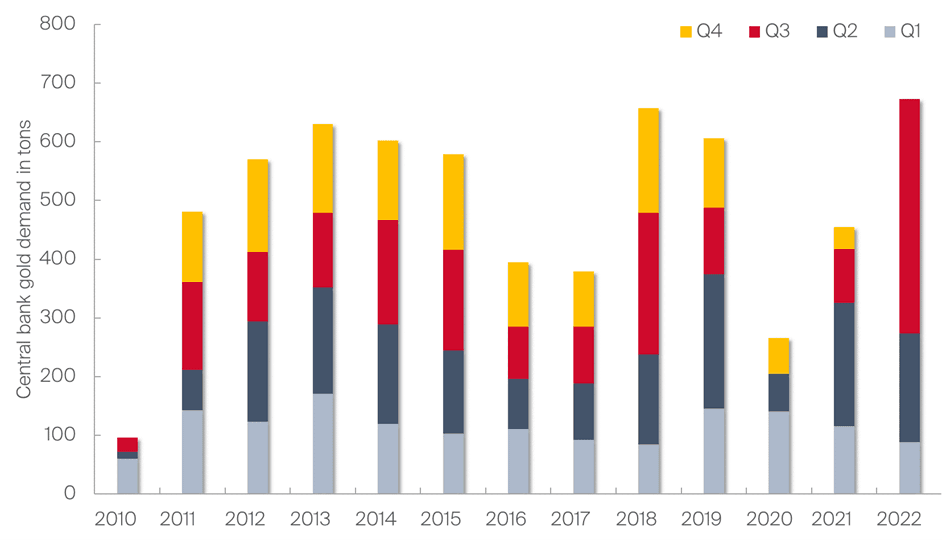
TradFi enters DeFi, FOMC, Lightning Network bug

The Facts:
- In a first ever, the largest U.S. bank JPMorgan facilitated a DeFi trade on a public blockchain tokenizing SGD 100k and trading it for tokenized yen (JPY) with Japan’s SBI Digital Asset Holdings.
- Tokenizing a financial asset entails transferring ownership rights into digital tokens.
- JPMorgan already maintains three private blockchains, Coin Systems enabling dollar transfers and other fiat currencies, Liink for exchanging transaction data and related insights and Onyx Digital Assets for tokenizing traditional assets.
- The banking giant leveraged Polygon and a modified fork of non-custodial liquidity and lending protocol Aave, Aave Arc a permissioned version that brings AML compliance, to execute the trade as well as on-chain Verifiable Credentials (VCs) from W3C to ensure compliant access.
- Aside from JPMorgan and SBI Digital Asset Holdings, DBS Bank is also part of the pilot conducting transactions in tokenized foreign exchange and government bonds.
- The pilot runs under the umbrella of Project Guardian kicked off by the Monetary Authority of Singapore (MAS).
- The week had even more real world DeFi innovation in store as the BIS announced project Mariana that aims to investigate the use of AMMs for cross-border FX of CBDCs.
- France, Singapore and Switzerland launched that joint trial combining their efforts towards DeFi for cross-border FX of Swiss franc, euro and Singapore dollar CBDCs.
Why it’s important:
- With the MAS and various financial players exploring DeFi for real-world assets, crypto and its underlying infrastructure experience even more tailwind on top of all the institutional interest seen in recent months.
- The move of JPMorgan is monumental for DeFi as despite owning plenty of private blockchain infrastructure, they now decide to build on permissionless blockchains indicating that they are increasingly comfortable with public blockchains and their security.
- Leveraging DeFi allows financial tools such as borrowing and lending to be performed autonomously without intermediaries enabling more efficient and integrated global financial networks.
- Moreover, on-chain VCs have the potential to bring composability to identity that will likely boost DeFi applications across the range and could replace concerns around KYC requiring frontends.
- Eventually, these experiments might lead financial giants to crack use-cases that actually add value to their business model opening the gate to mass adoption.
- However, exploring new technology like DeFi in TradFi is challenging as it takes a lot of effort to implement identity solutions and proper risk mitigation to maximize customer protection.
- Additional developments from this week on the TradFi side included Fidelity offering retail access to commission-free BTC & ETH trading in the U.S. and Goldman Sachs partnering with MSCI and Coin Metrics to provide crypto taxonomy framework.
- Furthermore, UBS launches world’s first digital bond (CHF 375m) issued on SDX and traded on SDX & SIX.
2. FED raises rates another 75 bps
The Facts:
- On Wednesday, the FOMC concluded, and the FED approved another 75 bps rate hike bringing their benchmark lending rate to a range of 3.75%-4%, the highest since January 2008.
- As the FED wrestles with sticky and high inflation, the move was the fourth consecutive 75 bps interest rate increase making history by marking the toughest policy since the 1980s.
- Following the FED decision, the BoE warned of a prolonged recession and raised its interest rate by 75 bps on Thursday to a benchmark rate of 3%, its largest hike since 1989, marking the eight consecutive hike of the main lending rate.
- Fighting with heavy inflation too, the ECB also raised its interest rate 75 bps to 3% last week before preliminary euro zone headline inflation hit a record high of 10.7% on Monday, its highest ever since the euro zone’s formation.
Why it’s important:
- Not only inflation is sticky but also the stamina of hawkish central banks sticking to their tight monetary policy in order to finally curb inflation matching Powell’s post FOMC statement that "we still have some ways to go".
- Powell dismissed the idea of a dovish monetary policy by the FED for the time being, while not ruling out discussions about slowing the pace in following meetings that might lead to a slight cool-down in the next FOMC meeting happening in December 14.
- The hawkish policy however will likely deepen the economic pain for millions around the world as the FED policy has global implications on almost every currency due to the power of the dollar.
- ECB’s Lagarde is also prepared to push rates higher stating that a mild recession would not stop the ECB from raising rates even if the euro zone saw slower economic growth recently (GDP up 0.2% in Q3).
3. Developer triggers two major bugs in Bitcoin/Lightning mainnet within one month
The Facts:
- On October 9, Bitmatrix founder and Bitcoin/Lightning developer Burak Keçeli (@brqgoo) completed a very large 998-of-999 multi-signature Taproot transaction.
- Although the transaction containing 998 private keys went through, it caused one of the node clients, “btcd”, to not accept it as valid due to a bug in its Taproot code.
- The most widely used “bitcoind” client and others processed it correctly, however. the larger problem emerged on the Lightning network, because “lnd”, the popular Lightning client is using “btcd”.
- As a consequence, it became incompatible with the Lightning network, disrupting all Lightning users ability to transact safely.
- On Tuesday, Burak created a Taproot transaction that caused “lnd” Lightning nodes to fail and triggered Lightning Labs, the company maintaining “lnd”, to issue an emergency hot-fix release.
- In contrast to the first transaction this one contained a note by Burak hinting to the fact he was aware in advance that it could break “lnd”.
Why it’s important:
- While a multisig requiring nearly 1000 private keys may seem to be an edge case of little practical use, it nevertheless constitutes a valid transaction that the Bitcoin network is supposed to handle properly but did not.
- What makes matters worse is that not only did it cause an entire type of clients (“btcd”) to stop functioning properly, it affected the Lightning network profoundly barring users from keeping in sync with the network.
- The fact that an obscure layer-1 bug turned out to cause much more damage on layer-2 is testimony to the complexities involved in designing multi-layer blockchain protocols securely.
- Should bugs be exploited publicly or disclosed in private in a public blockchain network environment? Both incidents can be considered stress tests to the still nascent Lightning network.
- Opinions on how Burak went about "testing" were split: some applauded the effort and encouraged him to continue doing real-life stress tests on both layers while others suggested to limit the damage by using testnet and “responsible disclosure” to minimize disruption for users on mainnet.
- The incidents also refuel the strategic debate whether a blockchain network is better off focusing on a single client node (PRO: intense testing/review by entire community, CON: if it fails, the entire network is affected) or on multiple client node implementations (PRO: not all clients affected at once, CON: less scrutiny per client as developer capacity is spread out).
- Bitcoin and Ethereum follow different development paradigms in that regard.
In other news
- Instagram to enable minting and selling of NFTs via Polygon (via CoinDesk)
- Hot wallet of crypto exchange Deribit hacked for $28m (via Twitter)
- Singapore grants USDC’s Circle in-principle license to operate (via CoinDesk)
- MetaMask moves towards gaming industry (via Twitter)
- South African grocery retailer Pick n Pay to accept crypto payments (via Reuters)
- Cloud service provider Hetzner blocks >1’000 Solana validators (via Decrypt)
- MakerDAO co-founder Nikolai Mushegian found dead in Puerto Rico (via Cointelegraph)
- Santander imposes crypto exchange transaction limits in the UK (via The Block)
- Japanese Digital Ministry creates own DAO to explore use cases (via CoinDesk)
399 tons of gold
55-year high in quarterly central bank gold demand, highest since the gold standard was in place

Source: (Data) WGC, (Chart) Bitcoin Suisse Research
Money is as or more important to people than religion is. We interact with it every day, in all sorts of manners and just as mathematics or language are immutable and open to the entire human race, so too should the exchange and management of money. That is the principle that makes this entire ecosystem important. That is the principle that justifies everything that we do, and if we lose that, it will be something we will regret for the rest of our lives, because we had that opportunity.
Erik Voorhees, founder and CEO of ShapeShift, on crypto regulation
Source: Bankless
Missing the fundamentals? Read our introduction to "What is DeFi?"
The latest episode of Decrypt titled “Status quo of NFTs – Part I” sheds light on the NFT markets after the 2021 wave and looks at adoption and trends beyond art and collectibles.